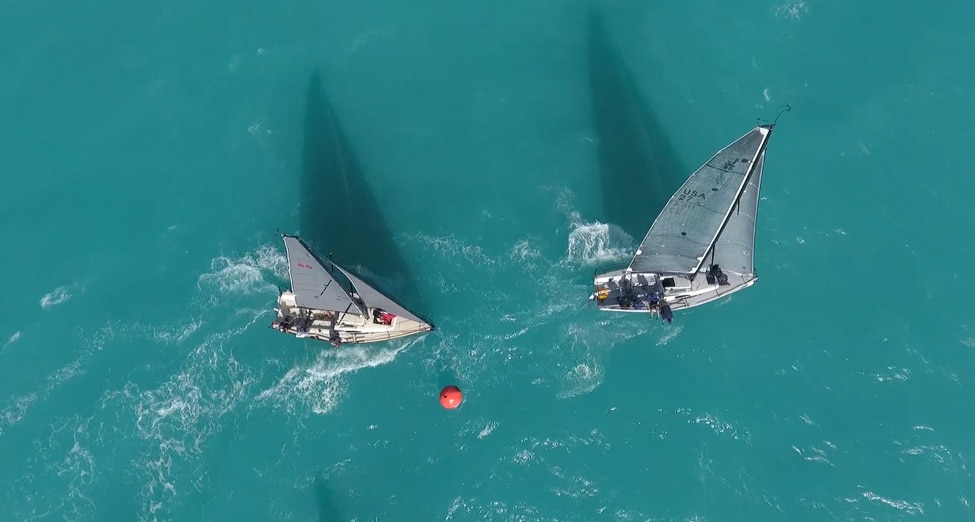
Tactical Leeward Gate Essentials
The goal of a leeward gate rounding is to pick the best gate mark to allow short-term gains, a quick exit from under the fleet and a move toward the next shift.

The goal of a leeward gate rounding is to pick the best gate mark to allow short-term gains, a quick exit from under the fleet and a move toward the next shift.
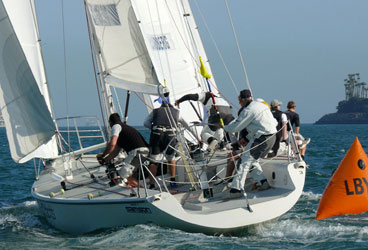
A rounding tack at the leeward mark can put you in control. The key is to anticipate the need and tack first.
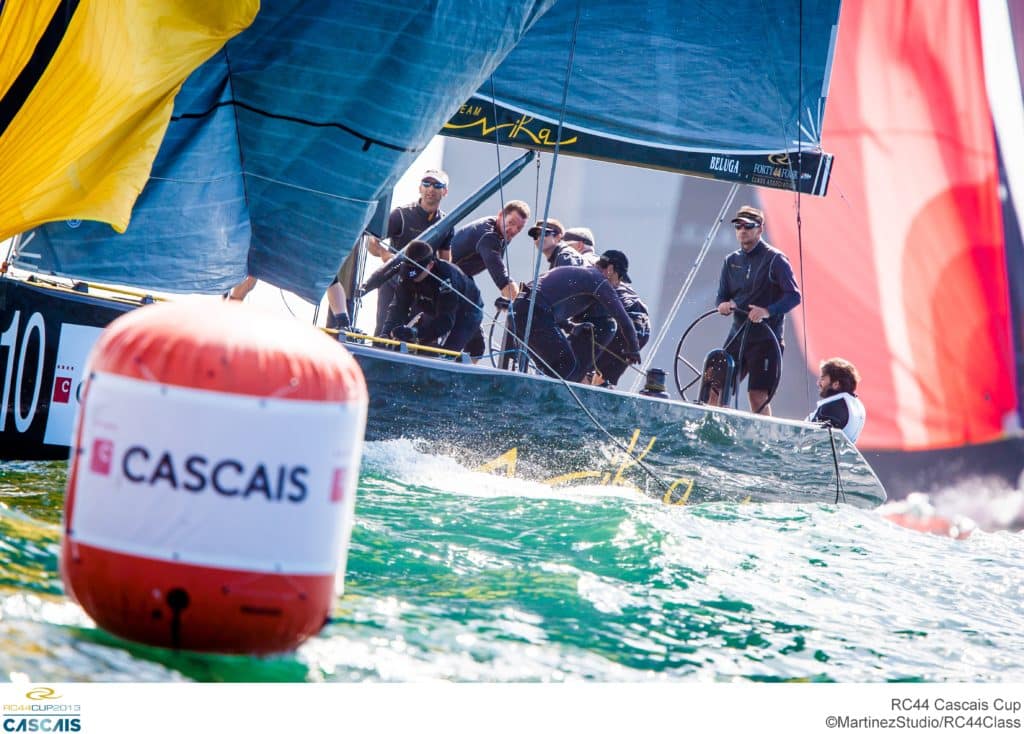
Left or right? Crowd or Clear? The better choice is most often the one with the longterm gain.
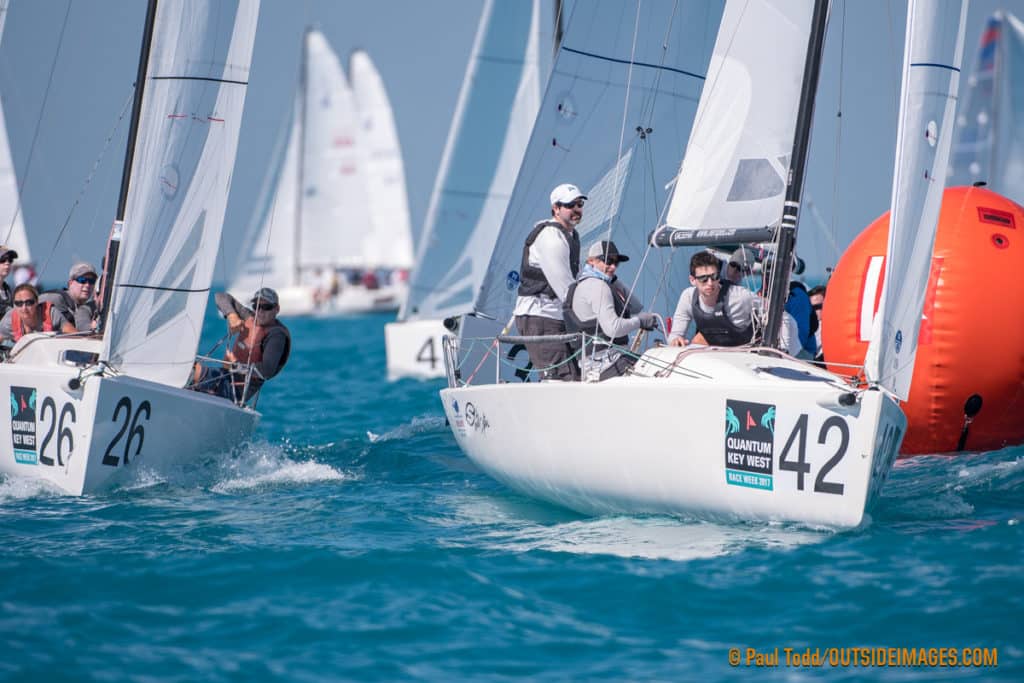
After sailing a smart beat, it’s time to get around the weather mark without any drama.

Races can be won and lost in the corners, especially at the leeward mark. Here’s where being proactive can really make the difference.
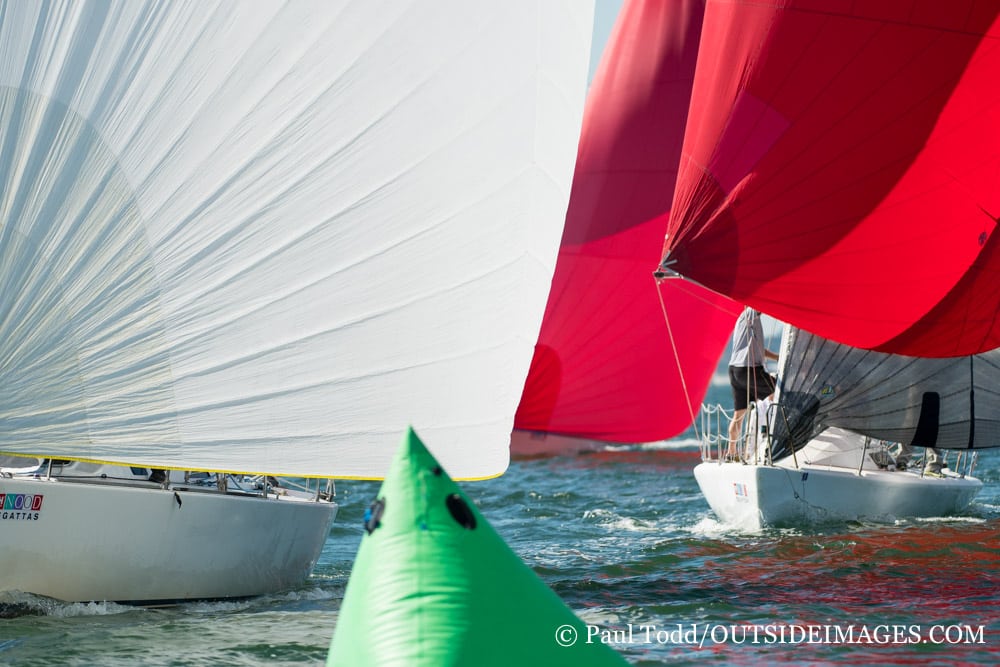
A crowded leeward-gate rounding is a perfect opportunity to pass boats, and more often than not, the best solution is the path of least resistance.
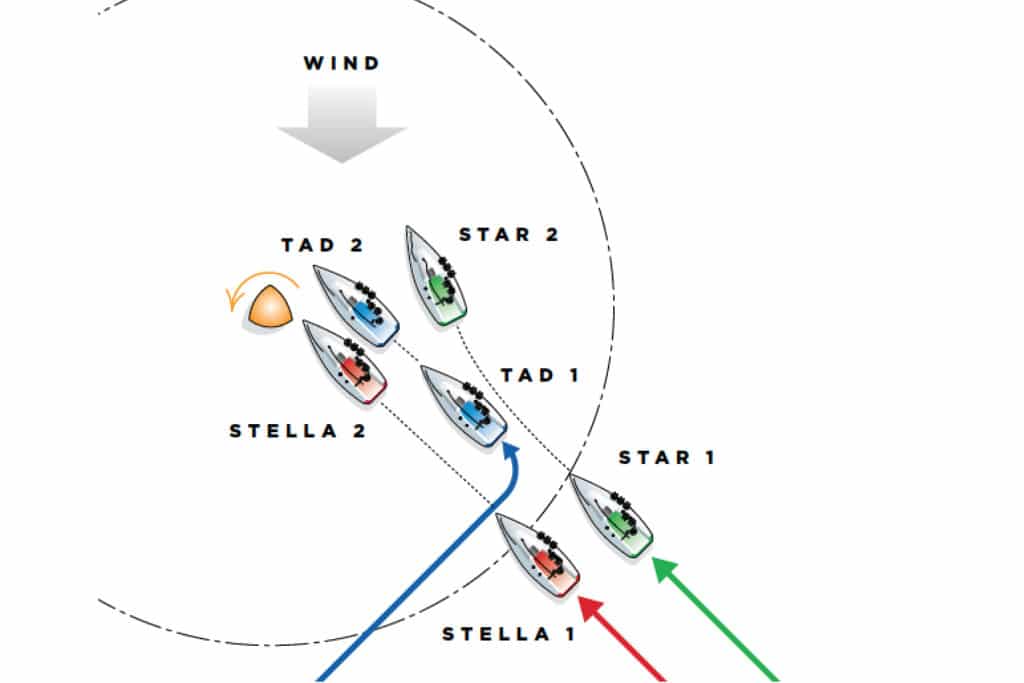
Three rules are changed in sensible ways to promote safety, fairness and simplicity.

Terry Hutchinson provides rules of thumb for when to foot and when to pinch. “
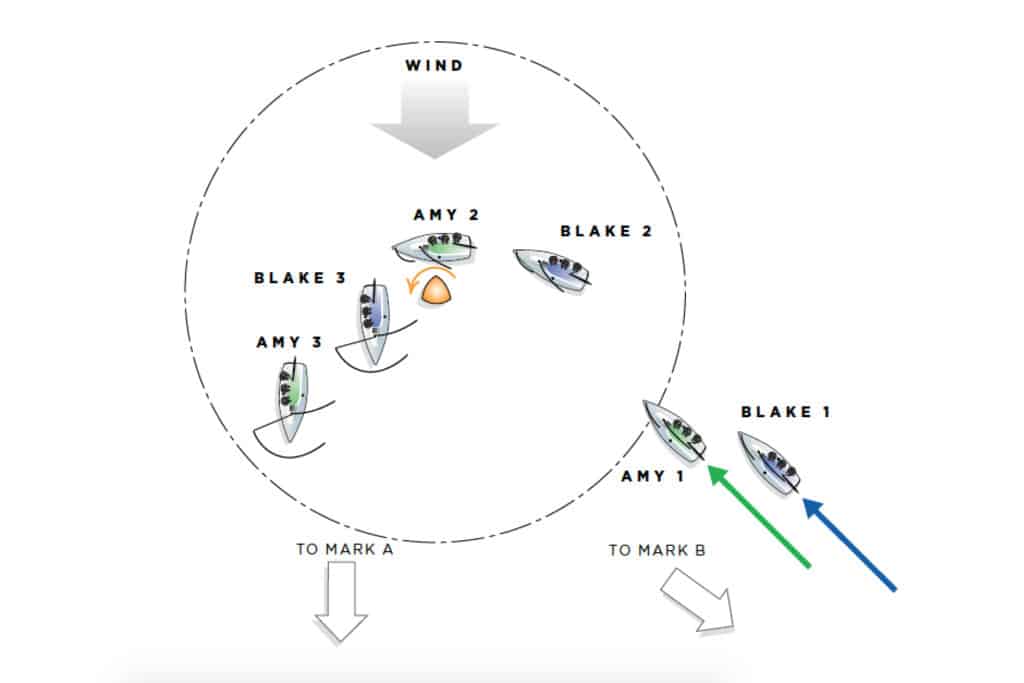
When you’re entitled to mark-room, up to four maneuvers are allowed before you’re entitlement ends.
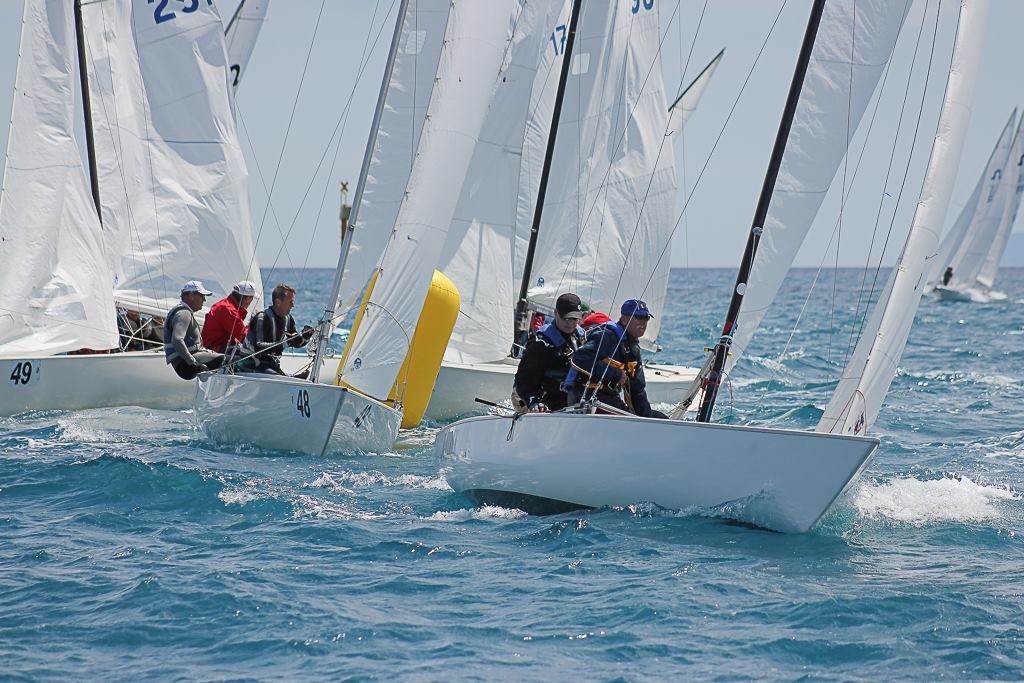
Join the layline parade to the weather mark too early or too late, and you’ll struggle to round. Pick the right moment, and you’ll capitalize at the top of the beat.
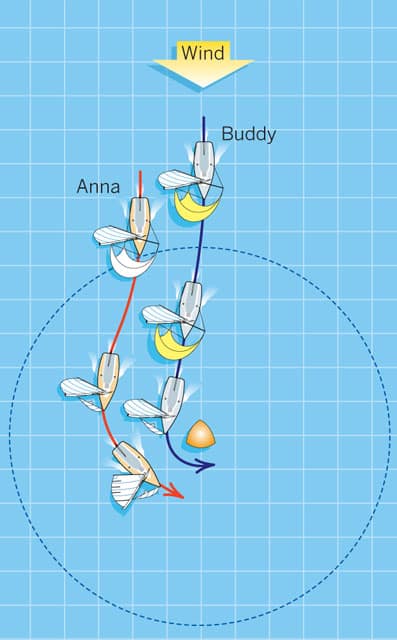
From establishing the zone at the mark to enforcing common rules worldwide, eight rule changes have reshaped the sport of sailing over the past 50 years, for better or worse. Rules from our October 2012 issue.
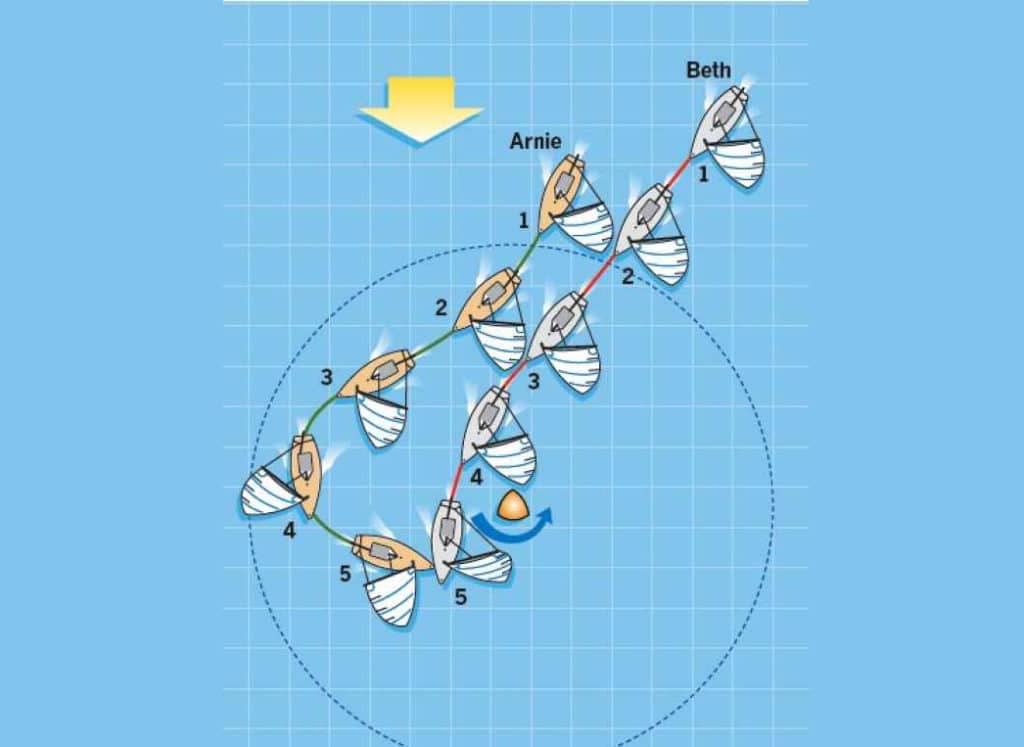
A common scenario illustrates that, as boats approach a leeward mark, multiple rules come into play—even when it may seem as simple as giving room.

The goal of a leeward gate rounding is to pick the best gate mark to allow short-term gains, a quick exit from under the fleet and a move toward the next shift.

A rounding tack at the leeward mark can put you in control. The key is to anticipate the need and tack first.

Left or right? Crowd or Clear? The better choice is most often the one with the longterm gain.

After sailing a smart beat, it’s time to get around the weather mark without any drama.

Races can be won and lost in the corners, especially at the leeward mark. Here’s where being proactive can really make the difference.

A crowded leeward-gate rounding is a perfect opportunity to pass boats, and more often than not, the best solution is the path of least resistance.

Three rules are changed in sensible ways to promote safety, fairness and simplicity.

Terry Hutchinson provides rules of thumb for when to foot and when to pinch. “

When you’re entitled to mark-room, up to four maneuvers are allowed before you’re entitlement ends.

Join the layline parade to the weather mark too early or too late, and you’ll struggle to round. Pick the right moment, and you’ll capitalize at the top of the beat.

From establishing the zone at the mark to enforcing common rules worldwide, eight rule changes have reshaped the sport of sailing over the past 50 years, for better or worse. Rules from our October 2012 issue.

A common scenario illustrates that, as boats approach a leeward mark, multiple rules come into play—even when it may seem as simple as giving room.
Sign up for Sailing World emails to receive features on travel destinations, event listings and product reviews as well as special offers on behalf of Sailing World’s partners.
By signing up you agree to receive communications from Sailing World and select partners in accordance with our Privacy Policy. You may opt out of email messages/withdraw consent at any time.